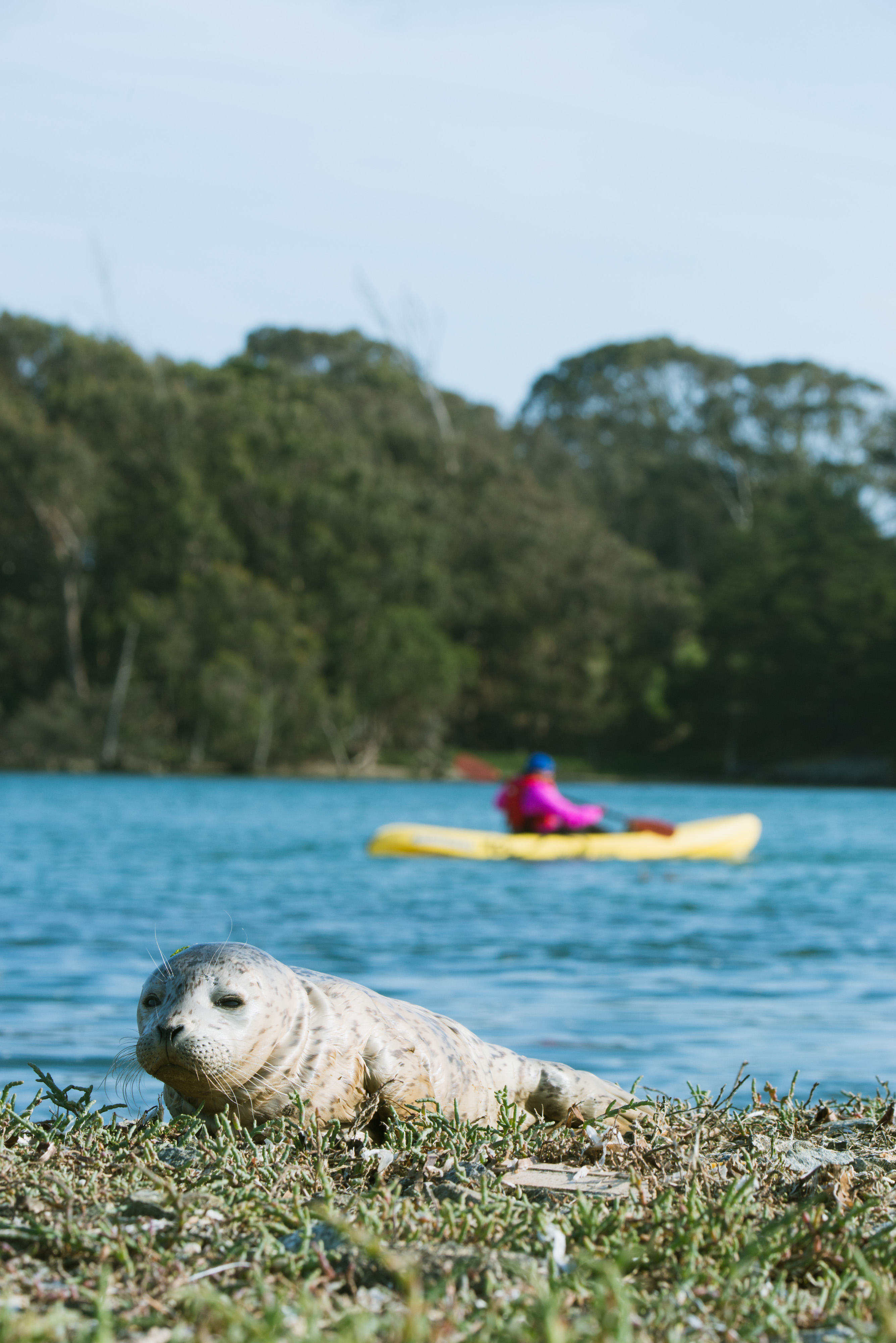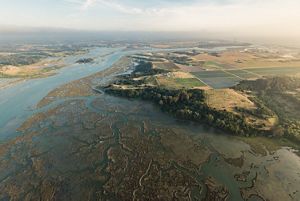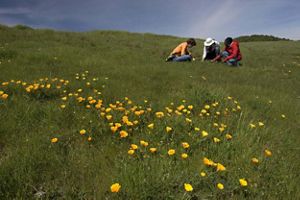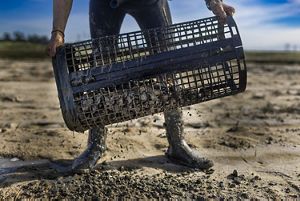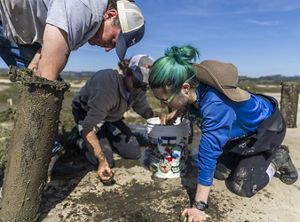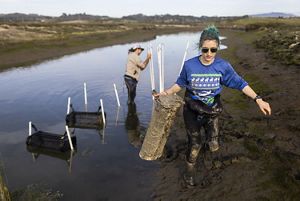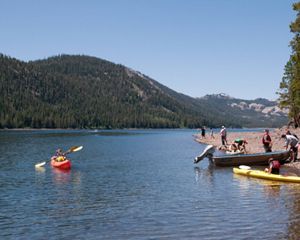Olympia oysters once formed dense beds across California estuaries, but overharvesting and increased sedimentation have left the species functionally extinct in California. Today, only 1% of their historical population remains.
TNC is hard at work to recover native oyster beds, and we’re developing new approaches to address the unique challenges of restoration along California’s coast. Among many efforts, we are collaborating with Moss Landing Marine Labs, Elkhorn Slough Research Reserve and Amah Mutsun Land Trust to test methods to scale oyster restoration and make the processes more efficient. In addition to trying out different substrates, or surfaces, for young oysters to settle on in the tidal mudflats, we are trialing a technique called remote setting.
Remote setting is used to commercially grow and restore oyster species throughout the world. This process involves transferring oyster larvae from the hatchery (a facility where oysters can be raised for restoration and conservation in a controlled setting) to an offsite location just before the oysters choose a permanent material to settle on, in this case, recycled shell. In this trial, the larvae are held in a protected and aerated system at Elkhorn Slough, reducing the time they spend in limited, expensive hatchery settings. Once they settle onto a shell, these oysters will join the population in the slough, where we will continue to monitor their growth and success.
This remote setting experiment—the first for Olympia oysters in California—is currently running with 1.2 million oyster larvae. If this project succeeds and the oysters are able to settle and survive in the wild, we can use this model to significantly scale our restoration work for Olympia oysters across California.


